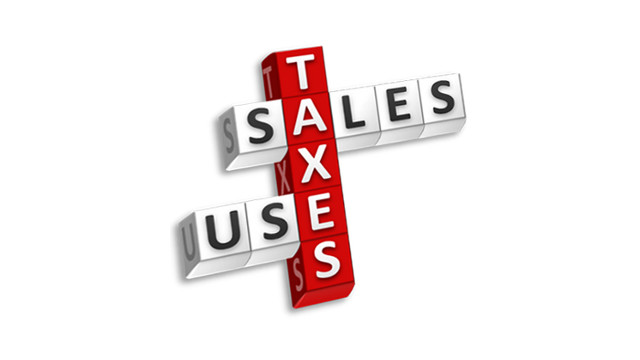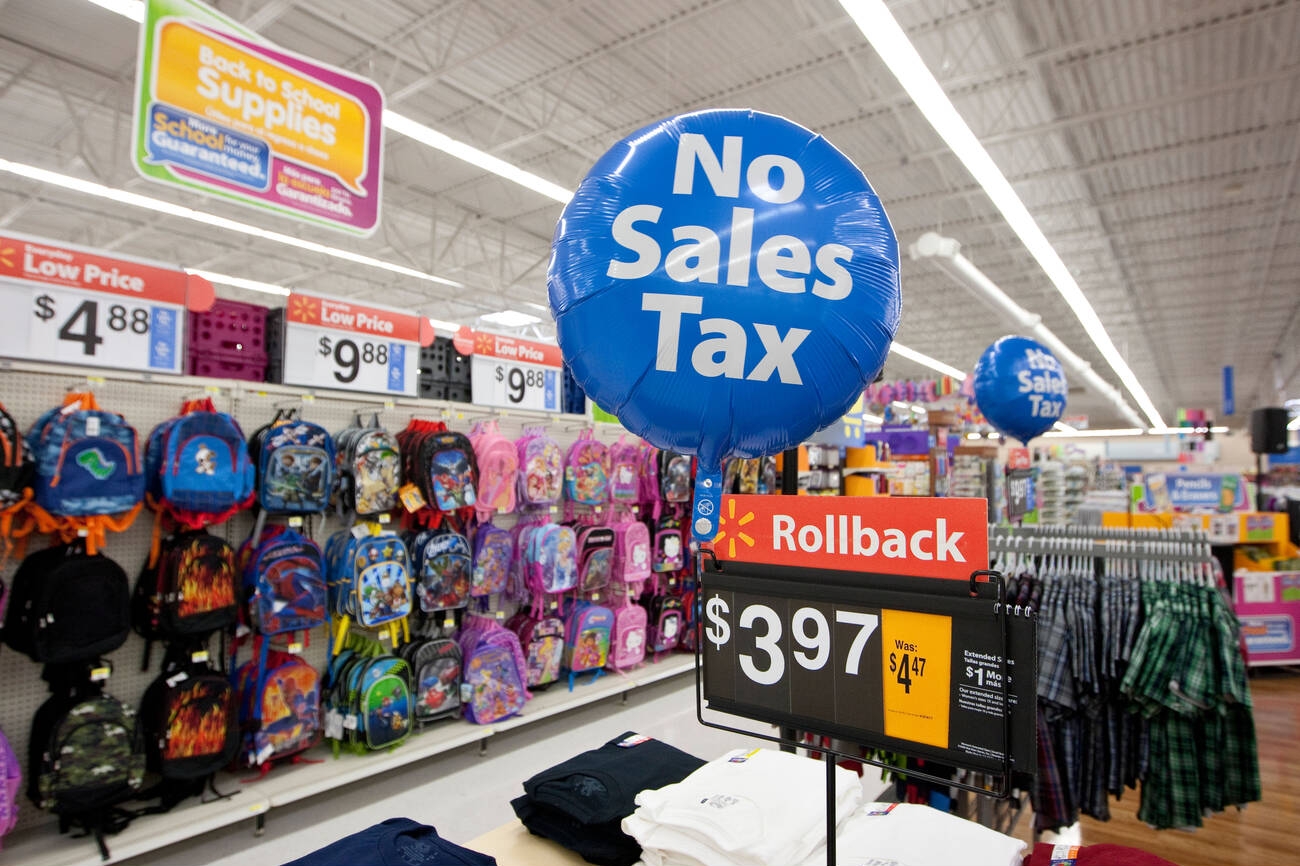If a state, county, city or district sales tax rate changed this year, there is an 80% chance that the change was an increase.
That’s one of several takeaways from an analysis of the Vertex year-end sales tax rate change research. This year-end preview covers all sales tax data from Jan. 1 through mid-November, so there’s a small chance the figures could edge up or down by Dec. 31. Here are some of the most notable figures:
- Sales tax rate increases significantly outnumber decreases: Of the 193 sales tax rate changes that occurred at the city level, 88% were increases. Also notable: city rate decreases (27) hit their lowest level in 10 years. Eighty percent of this year’s county rate changes also consisted of increases. Although there were more rate decreases than increases at the district level, there were far more rate increases (267) across all three jurisdictional levels (county, city and district) than there were combined rate reductions (67).
- States hold their ground for the time being: States continued to hold off on enacting sales tax rate changes despite contending with pandemic-driven budget shortfalls that are in many cases larger than the deficits states endured in the global financial crisis or the 2001 recession.
- City tax rate changes levelled off in the second half of the year: In June, we reported that city sales tax rates changes were on pace to reach their highest annual total in more than a decade. That activity slowed a bit in the third and fourth quarters but still resulted in 289 changes, compared to 261in 2019. In addition, the number of new taxing cities that emerged in 2020 (69) is the third highest in the past decade.
- New district taxes near a 10-year high: Through mid-November, 177 new district taxes came online, which marks the second highest number of new district taxes added in the past decade.
- Average rates continue to rise: The average sales tax rates at the county (1.76%), city (1.76%) and district (1.0%) levels continued their upward climb; with each category reaching its 10-year high in 2020. The combined average sales tax rate across all jurisdictional levels achieved a 10-year high at (10.1%) this year.
It’s important to keep in mind that this year’s rate change activity does not reflect tax authorities’ complete response—not by a long shot—to COVID-19’s widespread economic damage and several other related factors.
It’s becoming clear that the magnitude of upcoming state budget challenges will be historically unprecedented. State sales tax revenue in all major sectors except for retail trade plummeted this year. Unemployment funds have lost billions of dollars, and states’ rainy day funds were, or will soon be, depleted. Combine those state, city and local sales tax revenue impacts with Medicaid expenditures during the pandemic and the total fiscal impact to all states soars into an estimated $500 billion range.
It’s also important to recognize that state-level economic recovery activities tend to lag federal economic recovery—by as much as a decade, according to fresh research on states’ fiscal health following the global financial crisis. The highest number of state sales tax rate changes in the past decade actually occurred in 2013, five years after the 2008 economic meltdown. Additionally, many 2021 state budgets were already finalized when the pandemic struck. As a result, states will need to figure out how to rework those budgets to address COVID’s extensive economic damage.
That makes state legislatures and special sessions crucial to monitor throughout 2021 as states scramble to close budget gaps and find alternative funding mechanisms in many areas. Past recessions have shown that everything will be on the table, including rate increases to existing taxes as well as the creation of new tax categories. Although we should consider also watching new taxes, not just rate changes or a broadening of the tax base, we know that revenue from potential new taxes are inherently unpredictable and difficult to administer for both taxpayers and tax collectors. As such, they may not be the first or preferred choice due to a lower probability that the intended result will be achieved.
===========
Bernadette Pinamont is Vice President of Tax Research, Vertex, Inc.
Thanks for reading CPA Practice Advisor!
Subscribe Already registered? Log In
Need more information? Read the FAQs
Tags: Sales Tax




